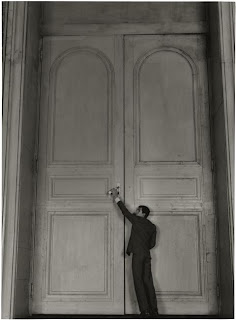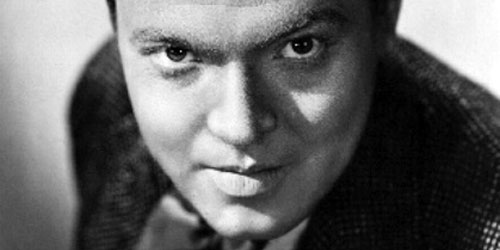Orson Welles on Charlie McCarthy Show

The rivalry between Orson Welles and his “Mercury Theatre on the Air” and “The Charlie McCarthy Show” was friendly enough that Welles appeared as a guest on the latter several times: 04-02-1944: in “The Easter Rabbit” 05-28-1944: in “The Raven” 10-29-1944: as “The Musuem Guide” 11-05-1944: in “Buck Bergen and Flash Welles” 04-02-44 in “The Easter Rabbit” Welles was the only guest. The opening sketch was “Letter From Sanborn.” “The Easter Rabbit” was a corny sketch with a bit of improv. First, after some good-natured ribbing between Welles and McCarthy, Welles reads a gag from the script: “frankly, I’ve seen better owls in drug stores,” which drew a big groan from the audience and gave him a chance to ad-lib that the material they’d hear on his Wednesday night show would be better. 05-028-44 in “The Raven” Other sketches: “Weatherby and Graduation,” “Making a Date.” Last show of the season 10-29-44 as “The Musuem Guide” Other sketches: “Ghost Story,...

















